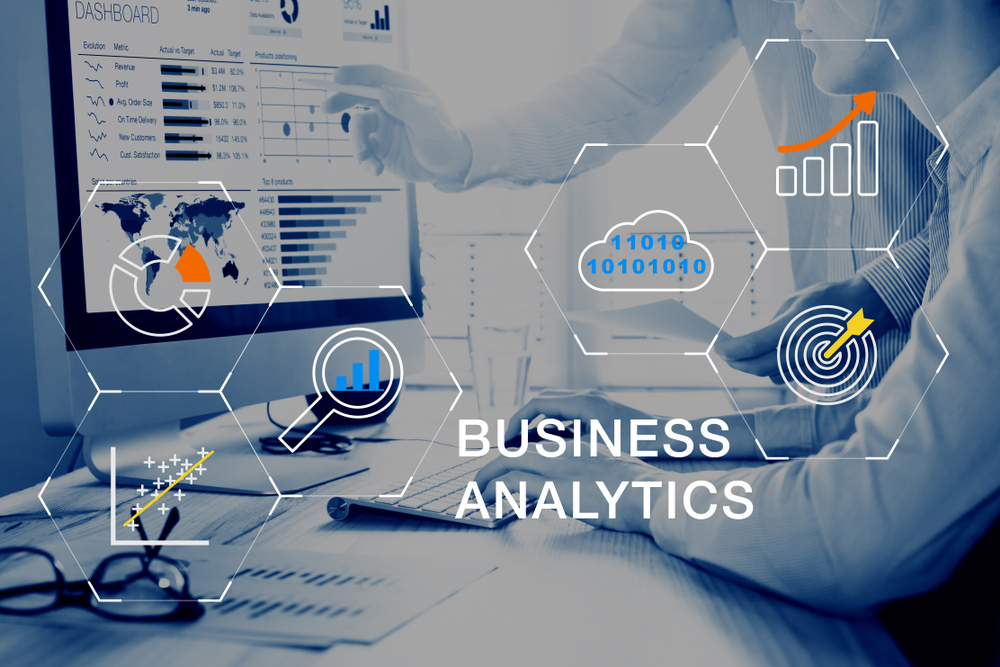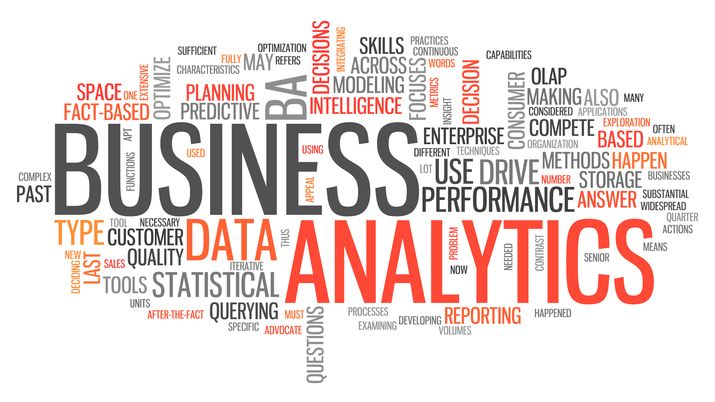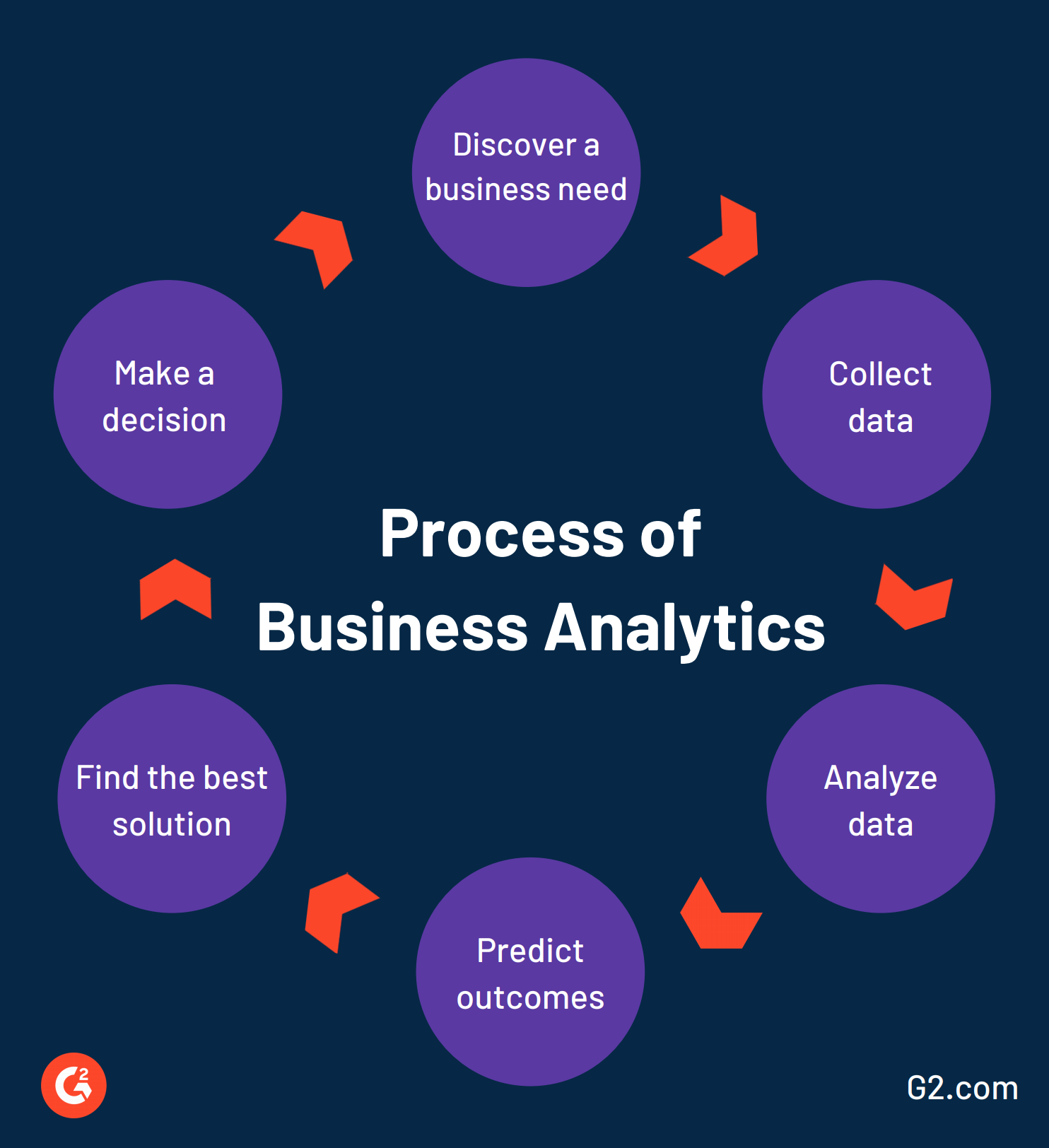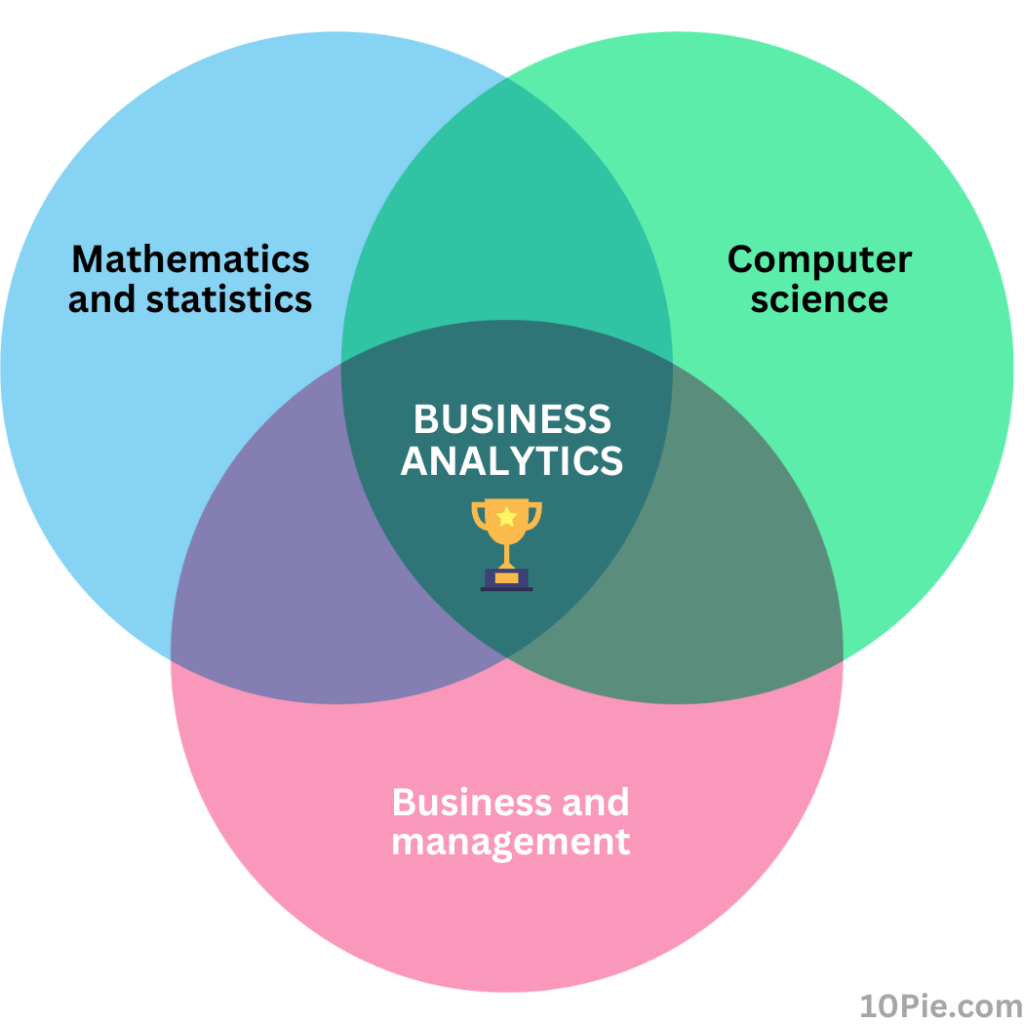The modern business landscape is increasingly driven by data. Businesses of all sizes are realizing the profound impact of collecting, analyzing, and interpreting information to make smarter decisions. Business analytics is no longer a niche function; it’s a fundamental requirement for survival and growth. It’s about transforming raw data into actionable insights, enabling organizations to optimize operations, improve customer experiences, and ultimately, increase profitability. This article will explore key strategies for implementing effective business analytics, providing a roadmap for businesses looking to leverage data for competitive advantage. Let’s dive in.

Understanding the Core of Business Analytics

At its heart, business analytics is a systematic process of examining data to identify trends, patterns, and insights that can inform strategic planning and operational improvements. It’s a multifaceted discipline encompassing various techniques and tools, from descriptive statistics to predictive modeling. The goal isn’t simply to look at the data; it’s to understand it and use that understanding to drive positive change. A successful analytics strategy begins with clearly defined objectives. What specific questions are you trying to answer? Are you looking to improve marketing ROI, optimize supply chain efficiency, or enhance customer retention? Clearly articulating these objectives will guide your analytics efforts and ensure you’re focusing on the most valuable data. Without a clear purpose, your analytics initiatives can become scattered and ineffective.

The Importance of Data Quality
The quality of your data is paramount to the success of any analytics project. Garbage in, garbage out – this adage holds true for data analytics as well. Poor data quality, characterized by inaccuracies, inconsistencies, or missing values, will lead to misleading insights and flawed decision-making. Therefore, investing in data cleansing and validation processes is crucial. This might involve data deduplication, correcting errors, standardizing formats, and ensuring data integrity. Furthermore, establishing robust data governance policies is essential to maintain data quality over time. Data governance defines who is responsible for data quality, how data is collected and used, and how data is protected. Without a strong foundation in data governance, your analytics efforts are likely to be undermined by unreliable data.

Different Types of Business Analytics Techniques
There’s a wide range of analytical techniques available, each suited to different types of data and business questions. Here are a few key categories:

- Descriptive Analytics: This focuses on summarizing past data to understand what has happened. Tools like dashboards and reports are commonly used for descriptive analytics. It’s about answering the question, "What happened?" For example, analyzing sales data to identify top-performing products or regions.
- Diagnostic Analytics: This delves deeper into why something happened. It involves investigating the root causes of observed trends. This often involves techniques like drill-down analysis and correlation analysis. Understanding the reasons behind a decline in customer satisfaction is a diagnostic exercise.
- Predictive Analytics: This uses statistical modeling and machine learning to forecast future outcomes. It’s about answering the question, "What will happen?" Predictive analytics can be used for forecasting sales, predicting customer churn, or identifying potential risks.
- Prescriptive Analytics: This goes beyond prediction to recommend actions. It uses optimization techniques to determine the best course of action. It’s about answering the question, "What should we do?" For instance, suggesting optimal pricing strategies based on demand forecasts.
Leveraging Business Intelligence (BI) Tools
Many businesses rely on Business Intelligence (BI) tools to execute their analytics strategies. These tools provide a centralized platform for data collection, storage, and analysis. Popular BI options include Tableau, Power BI, and Qlik Sense. These tools offer a visual interface for exploring data, creating dashboards, and generating reports. Choosing the right BI tool depends on your specific needs and technical expertise. Consider factors like data connectivity, ease of use, and scalability. Furthermore, integrating BI tools with other systems, such as CRM and ERP, can provide a more holistic view of your business.

Implementing Business Analytics: A Practical Approach
Successfully implementing business analytics requires a strategic approach. Here’s a step-by-step guide:

- Define Business Objectives: Clearly articulate the goals you want to achieve with your analytics initiatives.
- Identify Data Sources: Determine where your data resides – internal databases, CRM systems, web analytics platforms, etc.
- Data Collection & Integration: Establish processes for collecting and integrating data from various sources.
- Data Cleaning & Transformation: Cleanse and transform your data to ensure accuracy and consistency.
- Choose the Right Analytics Techniques: Select the appropriate analytical techniques based on your objectives and data.
- Develop and Deploy Dashboards & Reports: Create visualizations and reports to communicate insights to stakeholders.
- Monitor and Evaluate: Continuously monitor the performance of your analytics initiatives and make adjustments as needed.
The Role of Data Science
While descriptive and diagnostic analytics are foundational, business analytics often benefits significantly from the expertise of data scientists. Data scientists specialize in advanced analytical techniques, machine learning, and statistical modeling. They can build predictive models, uncover hidden patterns, and provide insights that go beyond traditional analytics methods. Collaboration between business analysts and data scientists is increasingly crucial for driving impactful results.

Beyond the Numbers: The Human Element
It’s important to remember that data is only valuable if it’s understood and acted upon. Business analytics shouldn’t be viewed as a purely technical exercise. It’s about translating data into actionable insights that inform business decisions and improve the overall performance of the organization. This requires strong communication skills, the ability to explain complex concepts to non-technical audiences, and a focus on the business value of the insights generated. Ultimately, successful business analytics is about empowering employees to make better decisions and driving continuous improvement.

Conclusion
Business analytics is no longer a luxury; it’s a necessity for businesses seeking to thrive in today’s competitive environment. By embracing data-driven decision-making, organizations can unlock valuable insights, optimize operations, and achieve significant competitive advantages. From understanding customer behavior to predicting market trends, the power of business analytics is undeniable. Investing in the right tools, processes, and talent is essential for realizing the full potential of data. As technology continues to evolve, so too will the capabilities of business analytics, offering even more opportunities for innovation and growth. Don’t underestimate the transformative power of data – harness it effectively to build a more successful future.
![]()